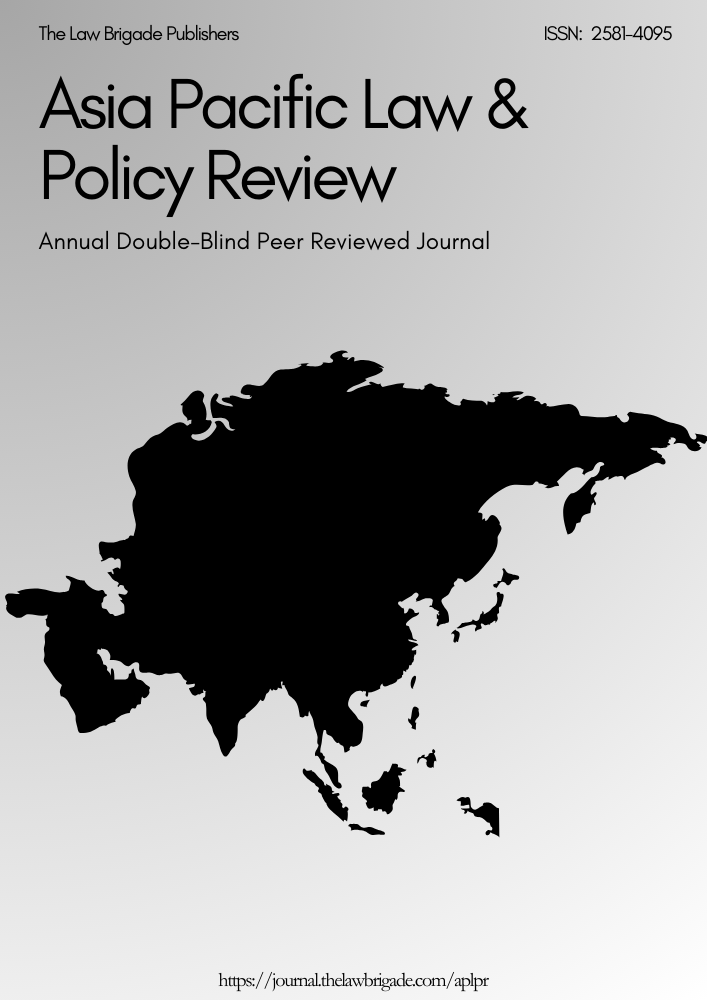USE OF FORCE IN RELATION TO TERRORISM: UN PERCEPTION
Keywords:
Resolutions, Avowed, ComprehensiveAbstract
Terrorist acts as a threat to international community of states. United Nations has taken keen interest to assist and guide in the development of effective and efficient multilateral legal response to various diversified forms and actions of the terrorist attacks and drafted thirteen multinational conventions and protocols concerning terrorism addressing the roles and responsibilities of member nations. The paper covers the working of the various institutions established by the Security Council and General assembly such as Counter Terrorism Committee and the provisions of the UN Charter i.e. Article 2(4) and Article 51 dealing with the use of force. Kofi Annan, former Secretary General of United Nations; launched ―5 D‘s basic pillar Strategy to combat terrorism. A working operational strategy is what is talked about here and which will also take into account all the countries to raise a voice and more importantly raise their actions against these unacceptable actions. A long term solution will be the comprehensive strategy which will address all the relevant and non-relevant conditions which explain the framework to create and increase the power and effectiveness of the strategies. The judgements of ICJ in Oil Platforms Case, Nicaragua Case concerning the use of force and right to self defence have been dealt. The need of the hour is to place counter terrorism in such a rule of framework which would protect the socio-economicpolitical rights at domestic level and would yield results safeguarding the International regime.
Downloads
Downloads
Published
Issue
Section
License

This work is licensed under a Creative Commons Attribution-NonCommercial-ShareAlike 4.0 International License.
License Terms
Ownership and Licensing:
Authors of research papers submitted to any journal published by The Law Brigade Publishers retain the copyright of their work while granting the journal specific rights. Authors maintain ownership of the copyright and grant the journal the right of first publication. Simultaneously, authors agree to license their research papers under the Creative Commons Attribution-ShareAlike 4.0 International (CC BY-SA 4.0) License.
License Permissions:
Under the CC BY-SA 4.0 License, others are permitted to share and adapt the work, even for commercial purposes, provided that appropriate attribution is given to the authors, and acknowledgment is made of the initial publication by The Law Brigade Publishers. This license encourages the broad dissemination and reuse of research papers while ensuring that the original work is properly credited.
Additional Distribution Arrangements:
Authors are free to enter into separate, non-exclusive contractual arrangements for distributing the published version of the work (e.g., posting it to institutional repositories or publishing it in books), provided that the original publication by The Law Brigade Publishers is acknowledged.
Online Posting:
Authors are encouraged to share their work online (e.g., in institutional repositories or on personal websites) both prior to submission and after publication. This practice can facilitate productive exchanges and increase the visibility and citation of the work.
Responsibility and Liability:
Authors are responsible for ensuring that their submitted research papers do not infringe on the copyright, privacy, or other rights of third parties. The Law Brigade Publishers disclaims any liability for any copyright infringement or violation of third-party rights within the submitted research papers.


